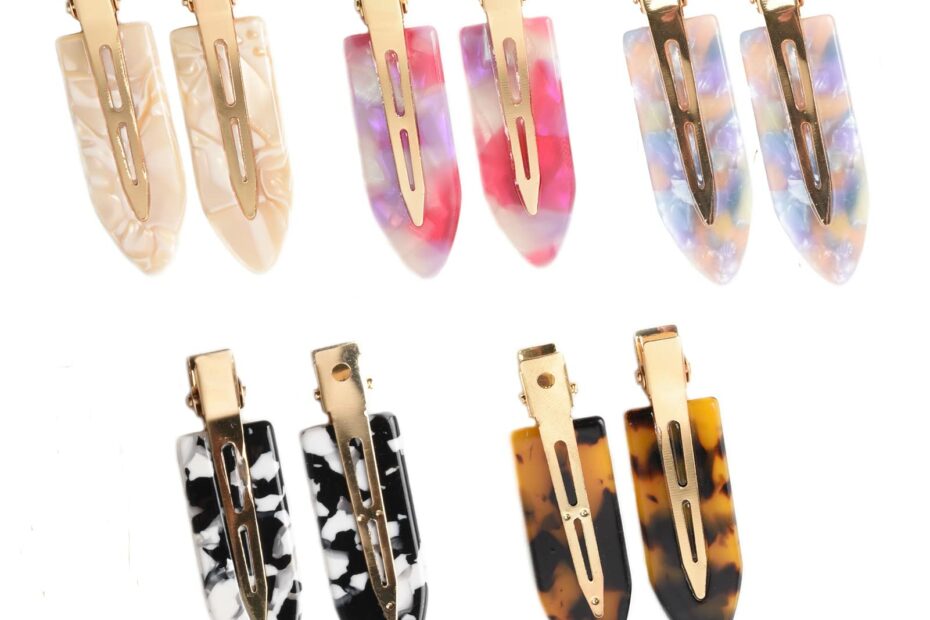Flat pattern bend is a computer-aided manufacturing process that uses a two-dimensional sheet of material to create three-dimensional parts. The process begins with a flat sheet of metal, which is then cut and formed into the desired shape. Once the part has been cut, it is placed on a die and bent into the final shape.
This process can be used to create parts with complex shapes and geometries, such as those found in automotive or aerospace applications.
If you want to create a flat pattern bend for PC, there are a few things you need to know. First, you need to identify the material thickness of the part. Second, you need to identify the die opening size.
Third, you must determine the desired degree of bend. Lastly, once all three of these factors have been determined, you can calculate the dimensions of your blank using our easy-to-use calculator below!
Now that you know how to create a flat pattern bend for PC, put your knowledge to use and try it out on your next project!
Flat Pattern Bend Calculator

Credit: www.ebay.com
What is a Flat Pattern Bend
Flat pattern bends are a type of sheet metal bend that is created by folding the metal along a line that is perpendicular to its surface. This results in a 90 degree angle between the two sides of the fold. Flat pattern bends can be created using a variety of methods, including die-cutting, stamping, or laser cutting.
What are the Benefits of Using a Flat Pattern Bend
If you’re looking for a way to make strong, precise bends in metal without having to heat it up, then flat pattern bending could be the answer. This method of forming metal involves using a press brake to bend the material along a line that has been scored or grooved into its surface.
The main advantage of this type of bending is that it’s very accurate and repeatable.
You can create complex shapes with tight tolerances using this method, which would be difficult or impossible to achieve with other methods such as manual bending or heating and hammering.
Another benefit is that there’s no distortion of the metal during the process. This means that any holes or features that need to line up perfectly will do so after the part has been bent.
And because there’s no heat involved, there’s also no risk of warping or changing the properties of the metal.
If you’re looking for a way to create high-quality metal parts with precise bends, then flat pattern bending could be the perfect solution for you.
How Do I Create a Flat Pattern Bend in Pc-Dmis
Assuming you would like a blog post discussing how to create a flat pattern bend in PC-DMIS:
“How to Create a Flat Pattern Bend in PC-DMIS”
If you’re looking to create a flat pattern bend in PC-DMIS, there are a few things you’ll need to do.
First, open up the part program and select the “Flat Pattern” command from the menu. Next, enter in the dimensions of the part, including the thickness and width of the material. Finally, specify the angle of bending and hit “OK.”
That’s all there is to it!
Conclusion
Flat Pattern Bending for Pc is a process where you take a flat piece of material and bend it into a three-dimensional shape. This can be done with either a hydraulic press or a die. The process is relatively simple, but there are a few things to keep in mind when doing it.
First, you need to make sure that the material you’re using is strong enough to withstand the pressure of the press or die. Second, you need to make sure that the area you’re bending is large enough to accommodate the size of the object you’re creating. Finally, you need to be careful not to over-bend the material, as this can cause it to break.
